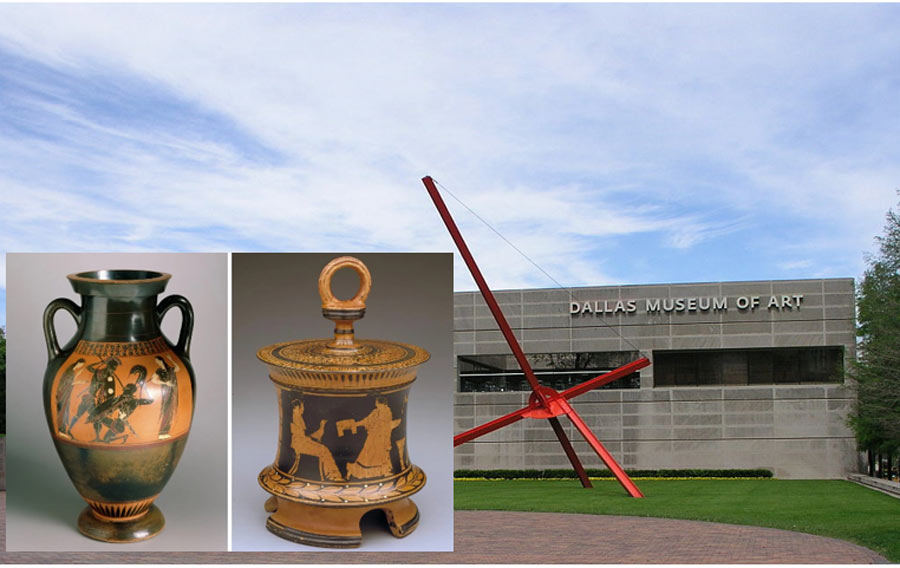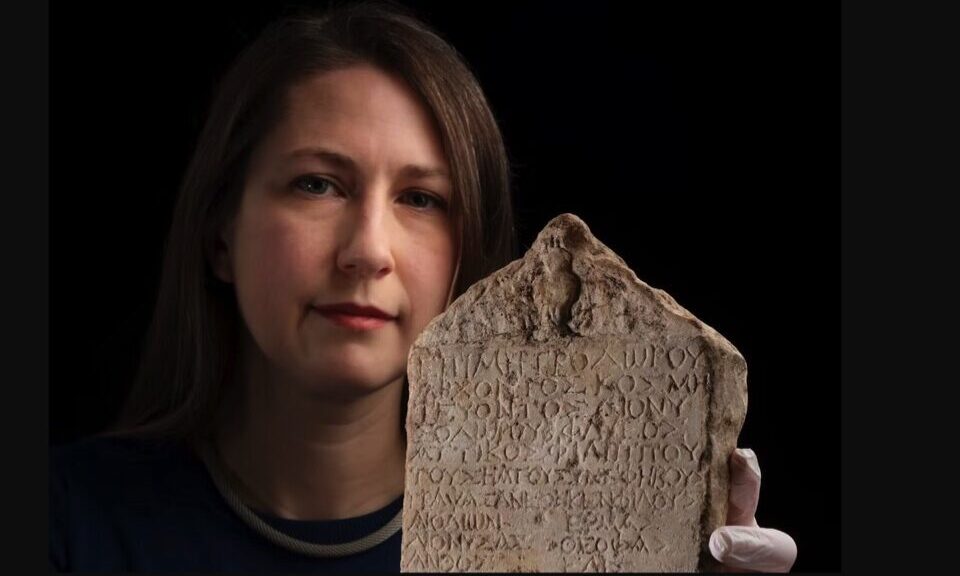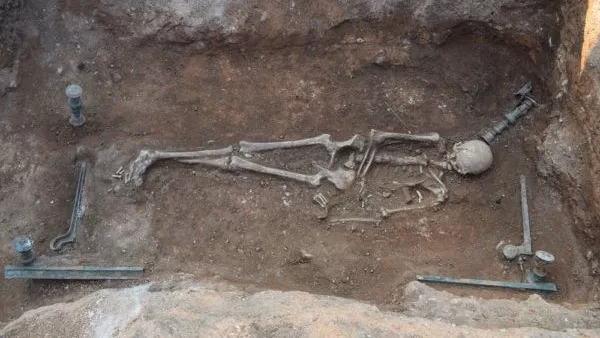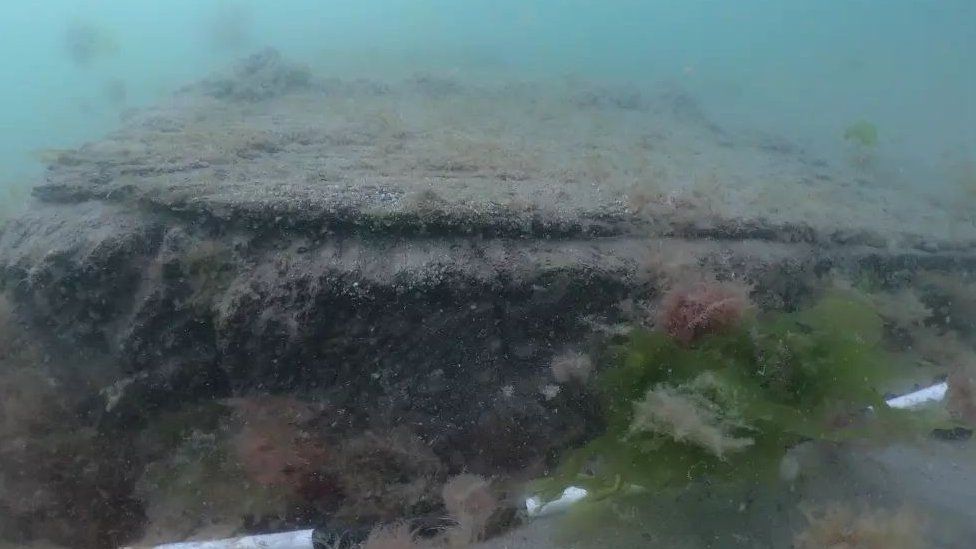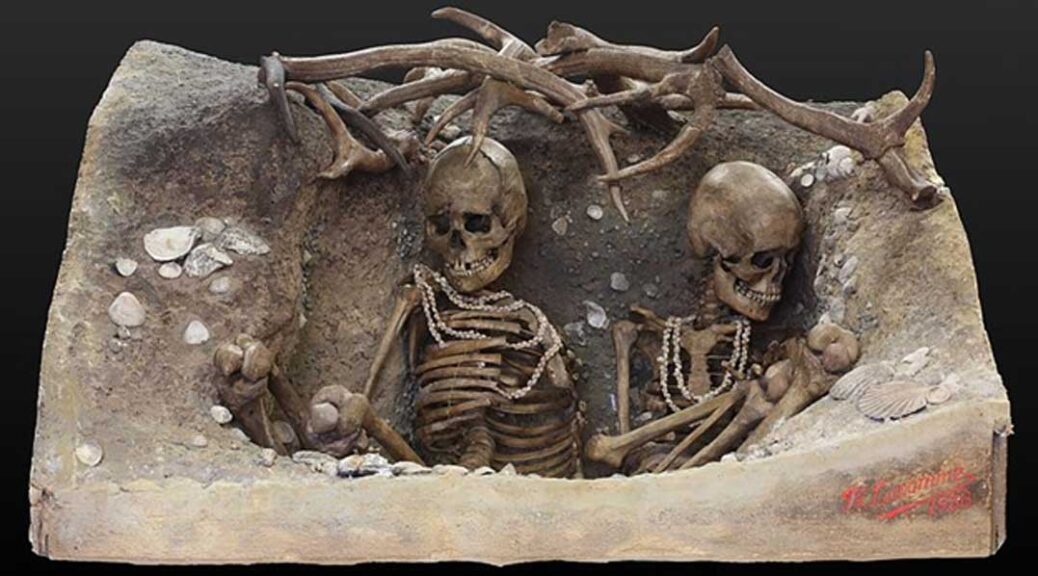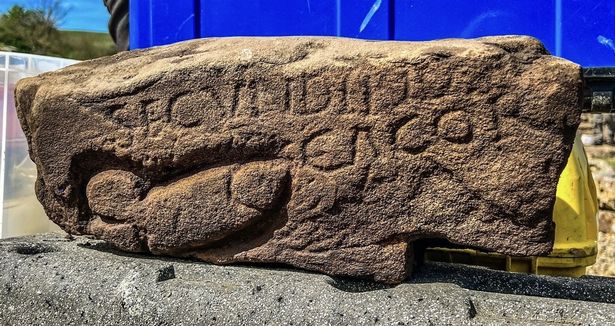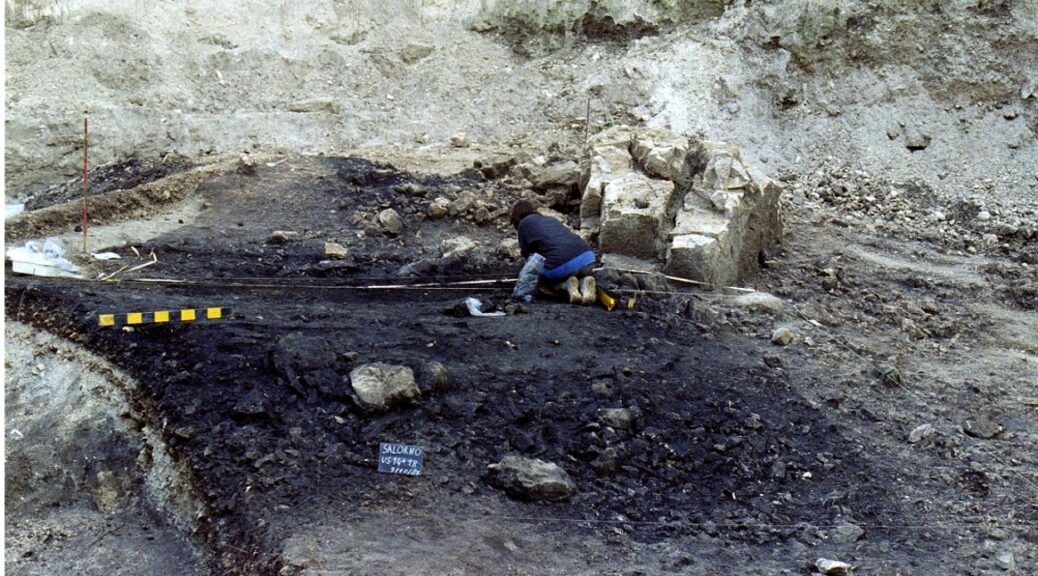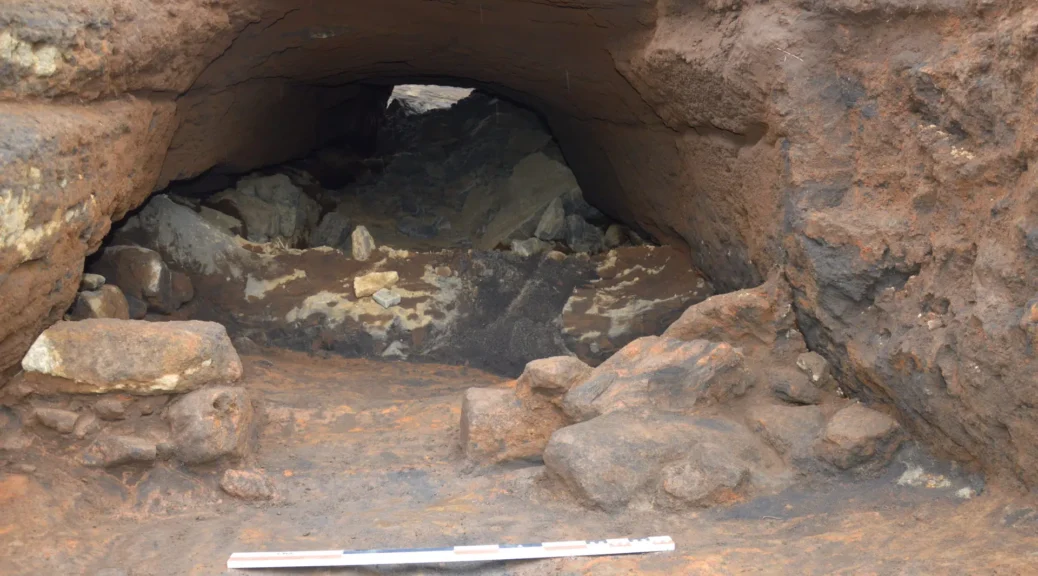Man destroys $5m in ancient artefacts in museum row with girlfriend
A man “mad at his girl” broke into The Dallas Museum of Art in Texas and destroyed three Greek artefacts, estimated to be worth up to $5 million and faces years in jail.

The destructive attacks follow a similar incident last week when an Italian man dressed as an elderly woman attempted to destroy the Mona Lisa at the Louvre Museum in Paris.
A Destructive Artifact Rampage
The Director of the Dallas Museum of Art, Agustin Arteaga, told The New York Times that “three ancient Greek artefacts dating back to the 5th and 6th centuries BC were seriously damaged.”
Brian Hernandez, 21, was arrested on Thursday and put into the Dallas County jail with a bond set at $100,000. Hernandez used a metal chair to break into the museum on Wednesday night and reports say he unleashed a “destructive rampage”.
Once inside the museum Hernandez broke into a display case and shattered a 6th century BC Greek amphora (clay vessel) dating to 450 BC. According to HypeBeast police said this item alone was worth “about $5m dollars,” but other reports say $1m dollars.
Hernandez also smashed a 6th century BC clay bowl estimated to be worth about $100,000, and a ceramic Caddo effigy bottle valued at about $10,000.

When Being Mad Hurts History
When the museum security guards saw the CCTV camera feeds and realized what was happening, they quickly apprehended the unarmed Hernandez. Charged “with criminal mischief” amounting to more than $300,000, according to an article in Greek Reporter, police said 21-year-old Brian Hernandez broke into the institution at 10 pm PT on Wednesday night because “he was mad at his girl.”
On Thursday, Hernandez was slammed up in the Dallas County jail with a bail bond set at $100,000. Only time will tell if his criminal mischief charge will get him five years or life in prison.
At times like this, we can choose to focus on the losses or the wins. In this case, the perpetrator smashed 3 Greek artefacts, but it could have been a lot worse because the Dallas Art Museum holds many unique ancient crafts from around the world which have no estimated worth, for they are culturally priceless.
While He Got Greece, He Missed Africa and America
The Museum’s Arts of Africa department looks after the famous Senufo helmet mask. This Game of Thrones-esq headgear was worn by leaders of the powerful male-only Komo society.
Responsible for maintaining social and spiritual harmony in Senufo villages in Côte d’Ivoire, Mali, and Burkina Faso, the mask was worn at funerals, initiations, harvest celebrations, and secret rituals.
Recent CT scans revealed “unexpected materials” both beneath the surface of the mask and within the attached animal horns. The scientists said these secret artefacts “empowered the mask.”
Closer to home, the criminal also missed 200 ancient and contemporary works of art in the first major exhibition dedicated to the art and culture of ancient Mississippian people.
Although their vast earthen mounds are most often associated with giants, visiting foreign cultures, and other pseudo-historical narratives, the much misunderstood Mississippian peoples formed one of the first societies in North America. So while three Greek artefacts were destroyed, we can be thankful thousands of other pieces were left untouched.

When Adults Throw Uncontrollable Tantrums
All of us have thrown tantrums and destroyed objects. However, for most of us, this occurred before turning six and the violence was restricted to Lego castles and dolls’ dresses. Why then do some adults destroy whatever they want, whenever they spin out emotionally? While you might race to find a solution in the IQ score of the vandal, or accuse them of behaving like spoiled, impudent children, the reality is much more complicated. Quite interesting too.
In a 2017 research paper titled ‘ Design as Means of Countering Vandalism, Sokolov sought design solutions for protecting aesthetically valuable objects against vandals.
The main goal of culture, according to Sokolov, is the harmonious development of society. Vandalism goes directly against this, and the researcher proposed that there are two distinguished forms of vandalism: “meaningless and meaningful.”
Meaningful And Mindful Vandalism
Meaningful vandalism is when objects with aesthetic or cultural value are targeted and generally “do not have a pronounced goal.” On the other hand, mindless vandalism, which includes littering, is a violation of physical and spiritual ecology.
Meaningful and meaningless vandals have different goals, but Brian Hernandez belongs to the meaningful vandal group, which destroys the “values” of other cultures through “different emotional motivations, but with no clearly defined goals.” This diagnosis became clear when Hernandez told Dallas police his prime reason for smashing millions of dollars of history was: “I was mad at my girl.”
